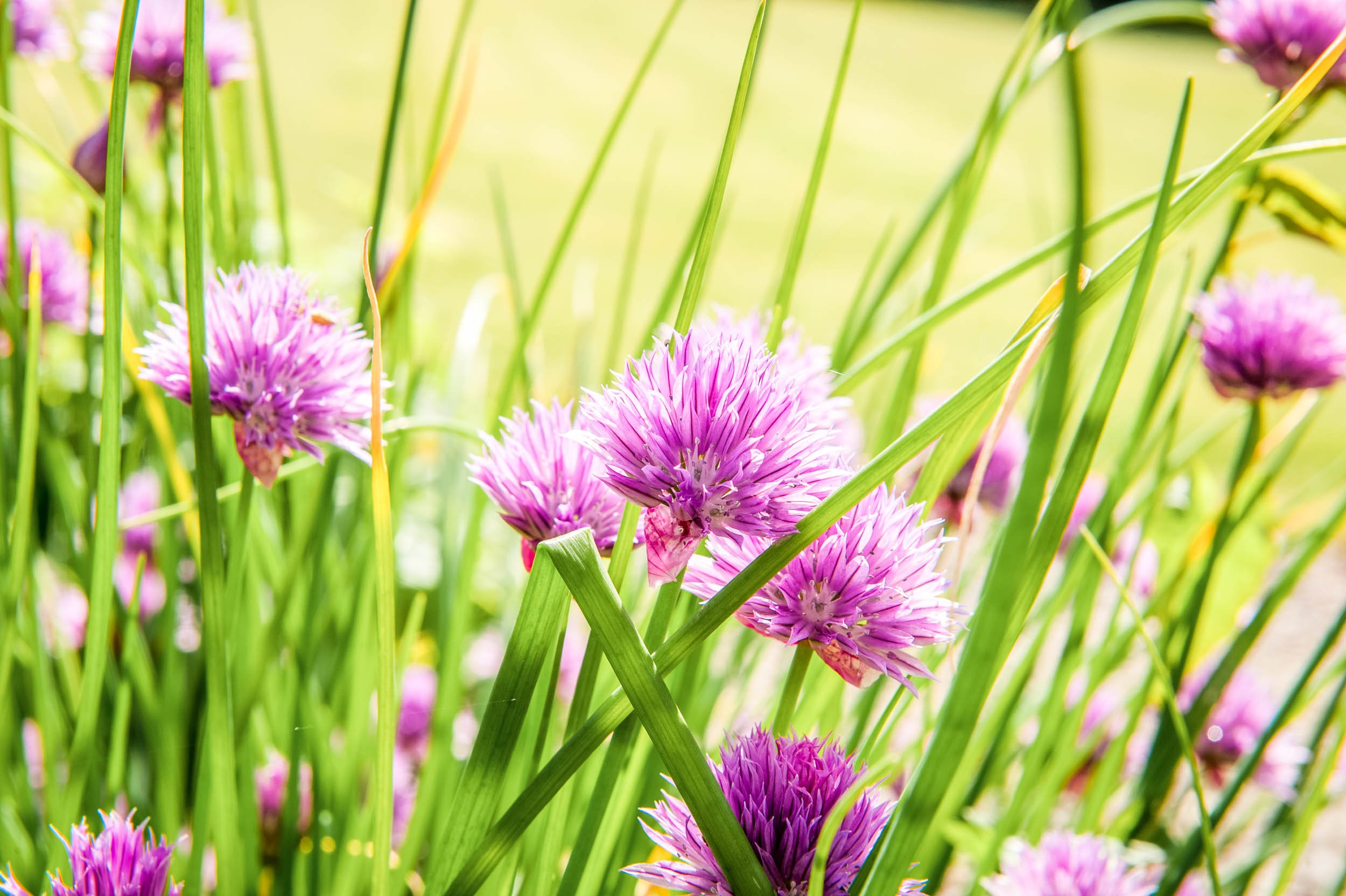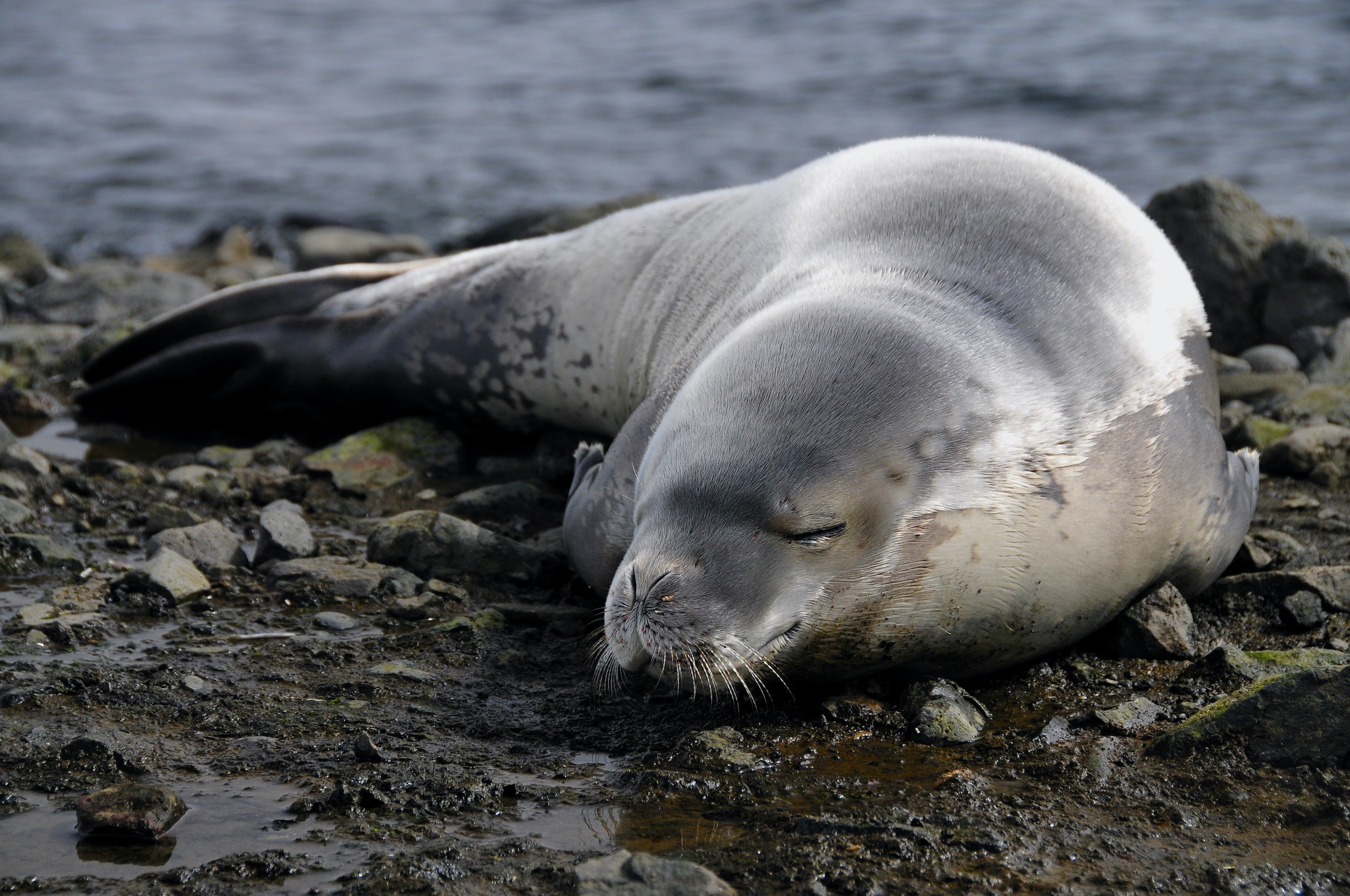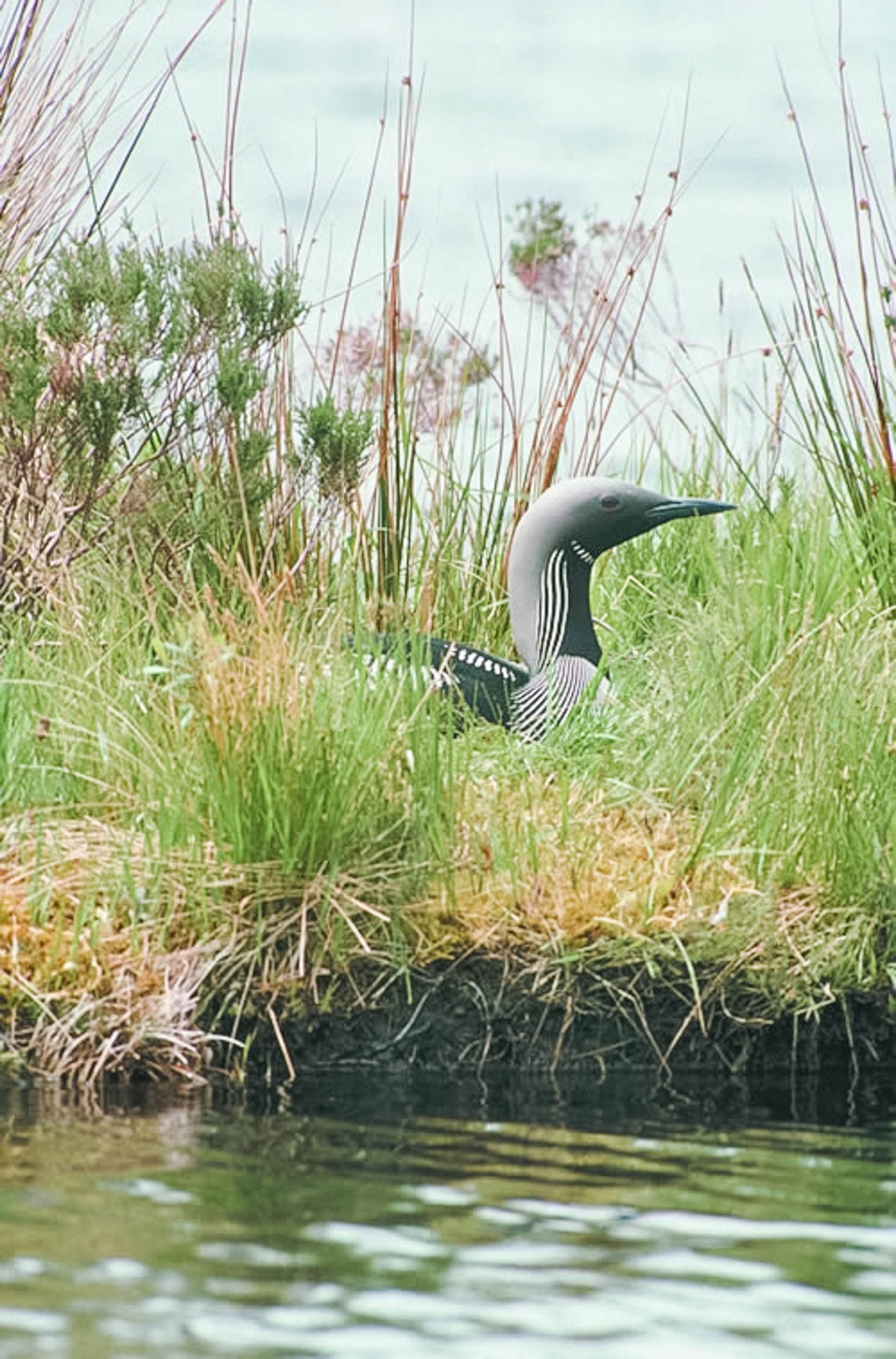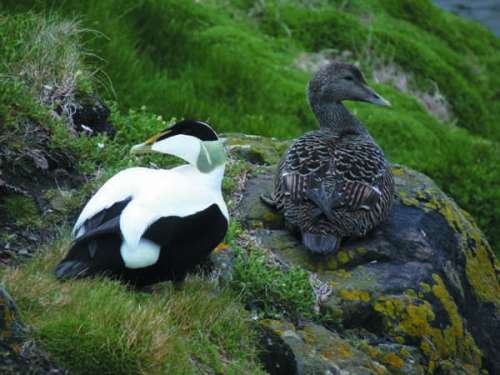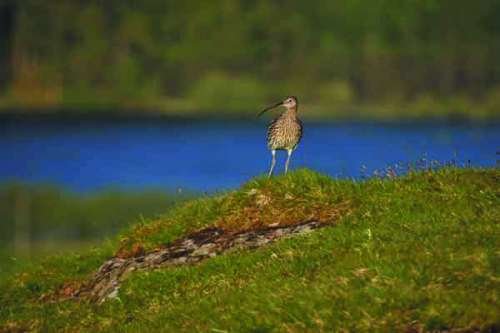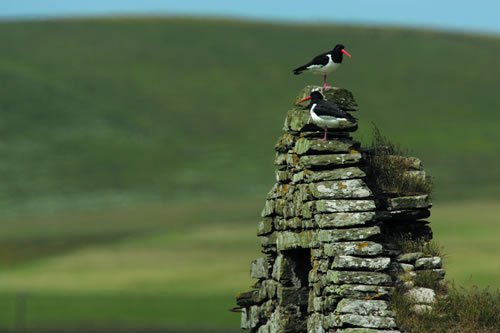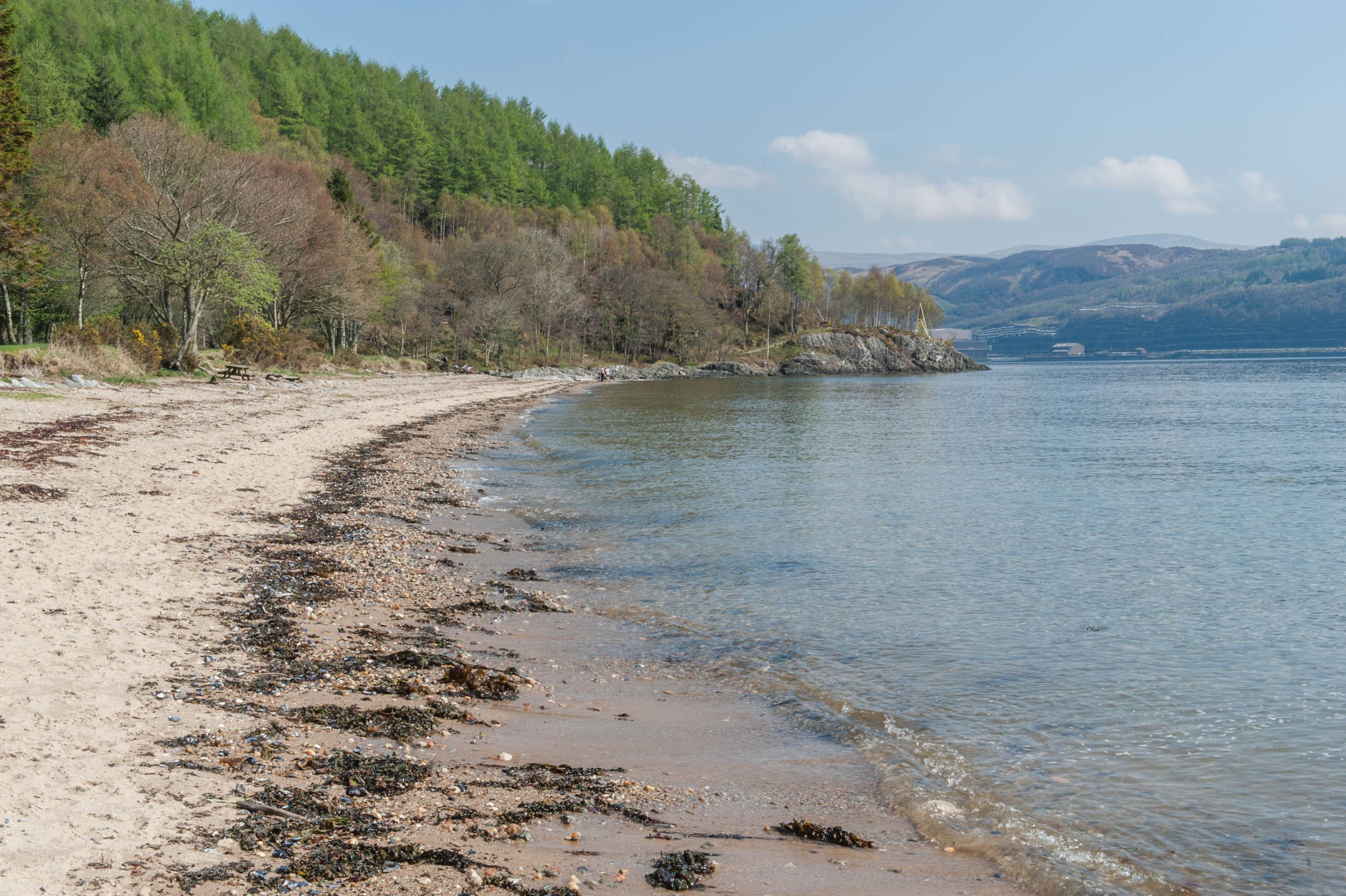
Marine & Coastal
(Picture: Ardentinny)
Nature in Loch Lomond & The Trossachs
Many people are surprised to learn that the National Park includes 39 miles of coastline, around Lochs Long, Goil and Holy Loch. Although the lochs themselves are not actually included within the Park you can get some amazing views of marine wildlife from their shores. Grey and common seals, porpoises and seabirds are often sighted, enjoying the sheltered conditions and rich pickings in the lochs. The coast is also a great place to watch wading birds like oystercatchers and redshank scurrying alone the tideline in search of food.
The list below will introduce you to some of the wildlife to be found in the Park’s marine and coastal habitats. There are also links to other websites where you can find out more.
-
Grey seal & Common seal
Latin name: Halichoerus grypus
Length: Up to 208cm Weight: Up to 233kg
Where: Loch Long; Loch Goil
When: All year round
Common seal
Latin name: Phoca vituluna
Length: Up to 185cm Weight: Up to 130kg
Where: Loch Long; Loch Goil; Balloch end of Loch Lomond in summer
When: All year round
The grey seal’s Latin name means ‘hook-nosed sea-pig’ – and if you can remember that you will always be able to tell them apart from their snub-nosed cousins, the common seals.
You can see both kinds of seal in Loch Long and Loch Goil. They often haul out on the rocky skerries just offshore. Sometimes they even turn the tables on us, and come people watching. If you’re playing on the beach look out for their whiskery snouts bobbing in the waves when they can’t resist peeking back at the curious watchers.
In Scotland some people believed they were ‘selchies’. These were seals that could transform themselves into men and women - who would fall in love with mortals, produce children but then be forced to return to the sea, leaving their loved ones behind to mourn them.
Seals are now a much commoner sight than in those days. Numbers of grey seals have rocketed in Britain since the beginning of the 20th century, when an Act of Parliament was passed to protect them because it was believed there were only a few hundred left in the UK.
We now have half the world population around our shores, and this is the species you are more likely to see. Besides their more dog-like head shape grey seals are much bigger than commons, and have their pups in late autumn, while the commons give birth in early summer.common seal
Common seal pups have to be able to swim hours after they are born, as many are born on intertidal mud flats. Because of this their coats are sleek and dark. Grey seals pups are born above the high tide line, and don’t have to take to the water until three weeks after they are born. They have soft, almost downy white coats to keep them warm in the chill autumn storms.
Once at sea seals are superbly adapted to cope with the marine environment. Their torpedo-like shape makes them excellent swimmers and also helps them retain heat because of their small surface area to size ratio. Beneath their warm fur coat is a layer of blubber up to 62mm (2.5inches) thick.
One of the reasons seals are not often spotted in the water is that they spend up to 80% of their time submerged, with average dive times up to eight minutes — coming up for air just for one minute. In emergencies they can stay down for up to 30 minutes!
-
Latin name: Somateria mollissimaMale and female eider ducks
Length: 50-71cm Wingspan: 80-108cm
Where: Loch Long; Loch Goil
When: All year round
There are a number of things that make eiders special. For a start they are the UK’s heaviest duck. Big males can weigh in at over 6lb (2.9kg), almost twice as much as a mallard drake. Then they are the world’s fastest bird in level flight, reaching speeds of up to 47mph (76km/h). But for many they are special because they must count as one of our most striking and beautiful birds. Even from a distance the males look as smart as paint with their black and white plumage. But look closer, maybe through binoculars, and you will see that the nape of their necks is not white but actually a pale pistachio green, while their chests are flushed with a delicate, flamingo pink.
Though at first glance the females look drab and brown, close-up views reveal tortoiseshell colours and intricate patterns in their feathers – designed to help camouflage them while they sit on their shallow nests. Beneath the feathers on their breasts is soft, warm down, which they pluck to line their nests, keeping the eggs and young snug and warm. People have also used this down over the centuries for the same reason, gathering it after the nests are abandoned to stuff bed covers and pillows. We have never seriously farmed the birds in Scotland, but they do in Iceland.
You most often see eiders bobbing in rafts just offshore, where they dive for mussels and other crustaceans on the shallow seabed. If you see a female with a surprisingly large brood of chicks she may well be an ‘auntie’ – eider females share childcare duties by gathering their chicks in crèches to allow the other mothers to go off to feed.
-
Red-throated diverRed-throated diver
Latin name: Gavia stellata
Gaelic name: Learga ruadh
Length: 53 – 69cm Wingspan:106 – 116cm
Where: On Loch Long and Loch Eil in winter; on some small inland lochs in summer
When: Most likely to see them at the coast in winter
Black-throated diver
Latin name: Gavia arctica
Gaelic name: Learga dubh
Length: 58 – 73cm Wingspan: 110 – 130cm
Where: On Loch Long and Loch Eil in winter
When: Most likely to see them at the coast in winter
These enigmatic birds spend most of their lives on water, and in winter you can often see small rafts of them haunting the coastal waters of Loch Long and Loch Eil.Black-throated diver
In summer small numbers of red-throated divers breed on islets in the high lochans of the National Park, the only time they venture out of the water. They are as ungainly on land as they are graceful in the water, tottering to the nests that they make as close to the shoreline as possible. The downside of this tactic is that summer floods can wash away the nests and the eggs with them. Black-throated divers prefer larger lochs for their nests.
It’s easier to tell the two species apart in their summer plumage. The red-throats acquire a ruddy-brown patch on their dove-grey necks, while the black-throats look military smart with their black and zebra-striped necks. At other times of year it’s harder to distinguish them, though once heard the red-throated diver’s wailing call is unmistakeable. This has earned the bird its northern nickname of ‘rain goose’. People say the bird only calls in this way when it is going to rain – but perhaps that’s a pretty good bet in northern Scotland!
-
Latin name: Phocoena phocoena
Gaelic name: Peileag
Length: 135 – 180cm
Where: Loch Long, Loch Goil
When: All year round
If you sit quietly on the shore on a calm, summer day you may hear a strange ‘huffing’ sound – a bit like someone blowing up a balloon - coming from the sea. Look more closely at the waves offshore and you may be lucky enough to catch sight of a small dark fin or a smooth, grey back curving out of the water. You’ve spotted a harbour porpoise.
You rarely get to see the whole animal, as they don’t leap out of the water as some dolphins do. If you did you would see that they have short, blunt heads, with no forehead or beak. They often move around in small groups of less than ten, and if they find a large shoal of fish they have been known to work together to ‘herd’ them, making them easier to catch.
These are the smallest cetaceans to visit our waters, but some of the most commonly seen. They have the nickname of ‘puffing pigs’ because of the noise they make when they surface to breathe and spout. This can be the first inkling you get of their presence. They come up to breathe about four times in a row for 10-20 seconds each, then they can dive for up to six minutes – so you’ll need to look around to spot them again as they can go a long way in that time!
-
Latin name: Haematopus ostralegusalt
Length: 40 - 45cm Wingspan: 80 - 86cm
Where: Loch Lomond Shores Car Park in spring and summer; Glen Dochart; Loch Tay head at Killin; coasts in autumn and winter
When: All year round; inland in spring and summer; on coasts in autumn and winter
Despite its name an oystercatcher rarely eats oysters. Instead it uses that long, vermilion beak to prise apart up to 500 cockles and mussels a day. In winter the birds hug the coastline where the ground seldom freezes, so that they can probe the muddy shores for food. Nearly half the mainland European population comes to join our resident birds for the winter, swelling their total numbers to over 300,000.
Come February and the birds start moving inland to pair up and breed, returning to the coast if the weather closes in again. Most of the British population breeds in Scotland, and you’ll see them in the most unexpected places – roundabouts, rooftops, even back gardens. Their clear, piping calls announce spring is coming, though their habit of calling all through the night makes them less than welcome neighbours in some places. Luckily most of them nest in grazing pastures, where worms take the place of shellfish in their diet. The dappled brown chicks lack the showy black and white plumage of the parents, helping them to hide from predators until they are ready to fledge and return to their coastline haunts for the winter.
-
Latin name: Numenius arquata
Scottish name: Whaup or whapcurlew
Length: 50 - 60cm Wingspan: 80 - 100cm
Where: Glen Dochart; pasture and moorland in summer; muddy coastlines in winter
When: All year round
The curlew’s distinctive long, down-curved bill makes it easy to identify. It uses it to probe deep into the mud or earth to find the invertebrates on which it feeds. From a distance the birds seem a rather drab brown, but a closer look reveals the delicate and complex patterns of brown, black and grey that help them blend into the landscape.
The females are even bigger than the males, and can weigh up to 3lb (1.5kg). Although they do most of the egg brooding, they often head back to their coastal feeding grounds in June, leaving the males to tend the young until they fledge. So if you see a curlew inland late in the summer it’s likely to be a male left holding the baby.
A curlew’s call is one of the most evocative of all our birds – a crescendo of clear, piping notes ending in a bubbling trill. Robert Burns was so moved by it that he wrote:
‘I never heard the solitary whistle of curlew on a summer noon without feeling an elevation of soul.’
You can hear them from early spring in damp fields and moorland all around the Park, where they come to breed. In winter they move back to the muddy estuaries and coastlines where food is more plentiful and easy to come by.
Find out more at:
-
Latin name: Lutra lutraOtter
Size: Body length 62 - 83cm
Weight: 6 -15kg
When: All year round
Where: Almost all waterways in the National Park
An otter swimming across a river or lolloping along a rocky shore is still a magical sight – though not nearly as rare as it was thirty years ago, when pollution and habitat loss decimated their numbers in Britain. Now cleaner waters and a concerted conservation campaign have meant otters are back in all the places they used to live in Scotland.
The best time to spot them is at dawn and dusk, in rivers, lochs, and by the coast, when they hunt for fish, crabs, frogs or small birds. Be patient if they dive – they can stay submerged for 6 - 7 minutes. Webbed feet, a rudder-like tail, and nostrils and ears that close under water make them perfectly adapted for an aquatic existence.
In some places people confuse them with mink – which escaped from fur farms in the 1960s and are now an unwanted addition to our wildlife. You can tell them apart by their colour. Mink are a chocolate rather than fudgy brown, and lack the otter’s pale belly. Otters are almost twice as big as mink, and are successfully ousting them from rivers in some parts of the country.
